Intro
Track your childs progress with 7 key milestones for 2-year-olds, including language, social, and cognitive development, fine motor skills, and emotional intelligence, to support their overall growth and identify potential delays.
As a parent, it's exciting to watch your child grow and develop new skills. At two years old, children typically experience significant milestones in their physical, emotional, and cognitive development. Understanding these milestones is essential to support your child's growth and identify any potential developmental delays. In this article, we will explore seven key milestones for two-year-olds, providing you with valuable insights into what to expect during this crucial stage of development.
During the second year of life, children begin to assert their independence, test boundaries, and explore their surroundings. This period is marked by significant advancements in language, social, and motor skills. As a parent, it's essential to be aware of these milestones to provide a nurturing environment that fosters your child's overall development. By recognizing and supporting these milestones, you can help your child build a strong foundation for future growth and success.
The first two years of life are a time of rapid growth and development, and it's essential to stay informed about the milestones your child should be achieving. By doing so, you can identify any potential issues early on and seek professional help if needed. Furthermore, understanding these milestones can help you better support your child's unique needs and provide a tailored approach to their development. Whether you're a first-time parent or have experience with multiple children, staying informed about developmental milestones is crucial for ensuring your child receives the best possible start in life.
Physical Development Milestones
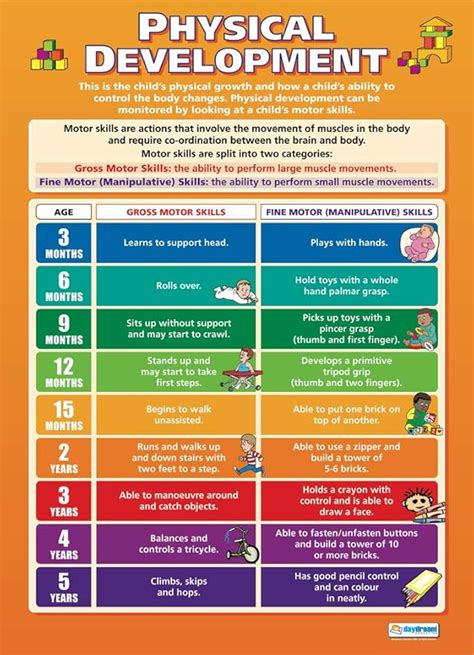
Factors Influencing Physical Development
Several factors can influence a child's physical development, including genetics, nutrition, and environmental factors. For instance, a child who is malnourished or has a genetic disorder may experience delays in their physical development. On the other hand, a child who engages in regular physical activity and has a balanced diet is more likely to achieve their physical milestones on time.Cognitive Development Milestones

Supporting Cognitive Development
There are several ways to support a child's cognitive development, including providing a stimulating environment, engaging in interactive play, and using positive reinforcement techniques. For example, reading books, singing songs, and playing games that challenge problem-solving skills can help support cognitive development.Language Development Milestones
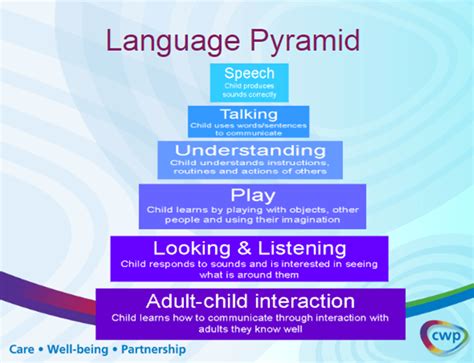
Encouraging Language Development
There are several ways to encourage language development in two-year-olds, including reading books, singing songs, and engaging in conversations. For example, asking open-ended questions, such as "what's your favorite toy?" can help encourage language development and build vocabulary.Social-Emotional Development Milestones
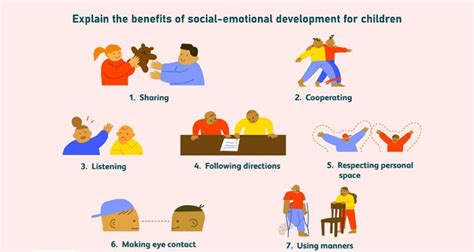
Supporting Social-Emotional Development
There are several ways to support a child's social-emotional development, including providing a nurturing environment, modeling positive behaviors, and using positive reinforcement techniques. For example, labeling and validating a child's emotions, such as "you're feeling angry right now," can help support social-emotional development and build emotional intelligence.Self-Care Milestones

Encouraging Self-Care
There are several ways to encourage self-care in two-year-olds, including providing opportunities for independence, using positive reinforcement techniques, and modeling positive behaviors. For example, allowing a child to dress themselves, even if it takes longer, can help encourage self-care and build confidence.Adaptive Milestones
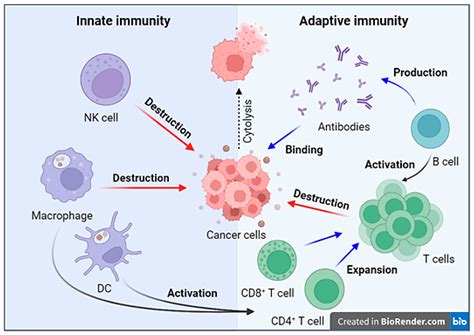
Supporting Adaptive Development
There are several ways to support a child's adaptive development, including providing a structured environment, using positive reinforcement techniques, and modeling positive behaviors. For example, creating a visual schedule can help support adaptive development and build routine.Conclusion and Next Steps
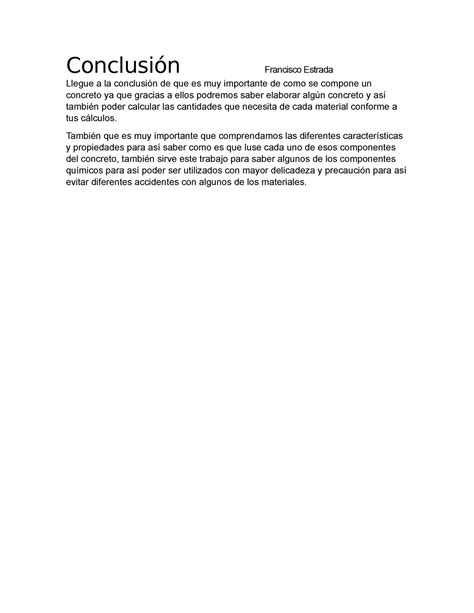
We invite you to share your thoughts and experiences with us. Have you noticed any significant milestones in your child's development? What strategies have you found most effective in supporting their growth? Share your comments and stories with us, and let's work together to support the development of our children.
What are the most critical milestones for two-year-olds?
+The most critical milestones for two-year-olds include improved physical abilities, such as balance and coordination, enhanced cognitive skills, such as problem-solving and memory, and significant improvements in language and social-emotional development.
How can I support my child's cognitive development?
+There are several ways to support a child's cognitive development, including providing a stimulating environment, engaging in interactive play, and using positive reinforcement techniques. For example, reading books, singing songs, and playing games that challenge problem-solving skills can help support cognitive development.
What are the signs of a developmental delay in a two-year-old?
+Signs of a developmental delay in a two-year-old may include significant delays in physical, cognitive, or language development. For example, a child who is not walking by 18 months, not saying any words by 16 months, or not following simple instructions may be at risk for a developmental delay. If you have concerns about your child's development, it's essential to consult with a pediatrician or a qualified healthcare professional.
How can I encourage language development in my two-year-old?
+There are several ways to encourage language development in two-year-olds, including reading books, singing songs, and engaging in conversations. For example, asking open-ended questions, such as "what's your favorite toy?" can help encourage language development and build vocabulary.
What are the benefits of early intervention for developmental delays?
+Early intervention for developmental delays can have significant benefits, including improved outcomes, increased confidence, and enhanced overall development. By addressing developmental delays early on, you can help your child build a strong foundation for future growth and success.
